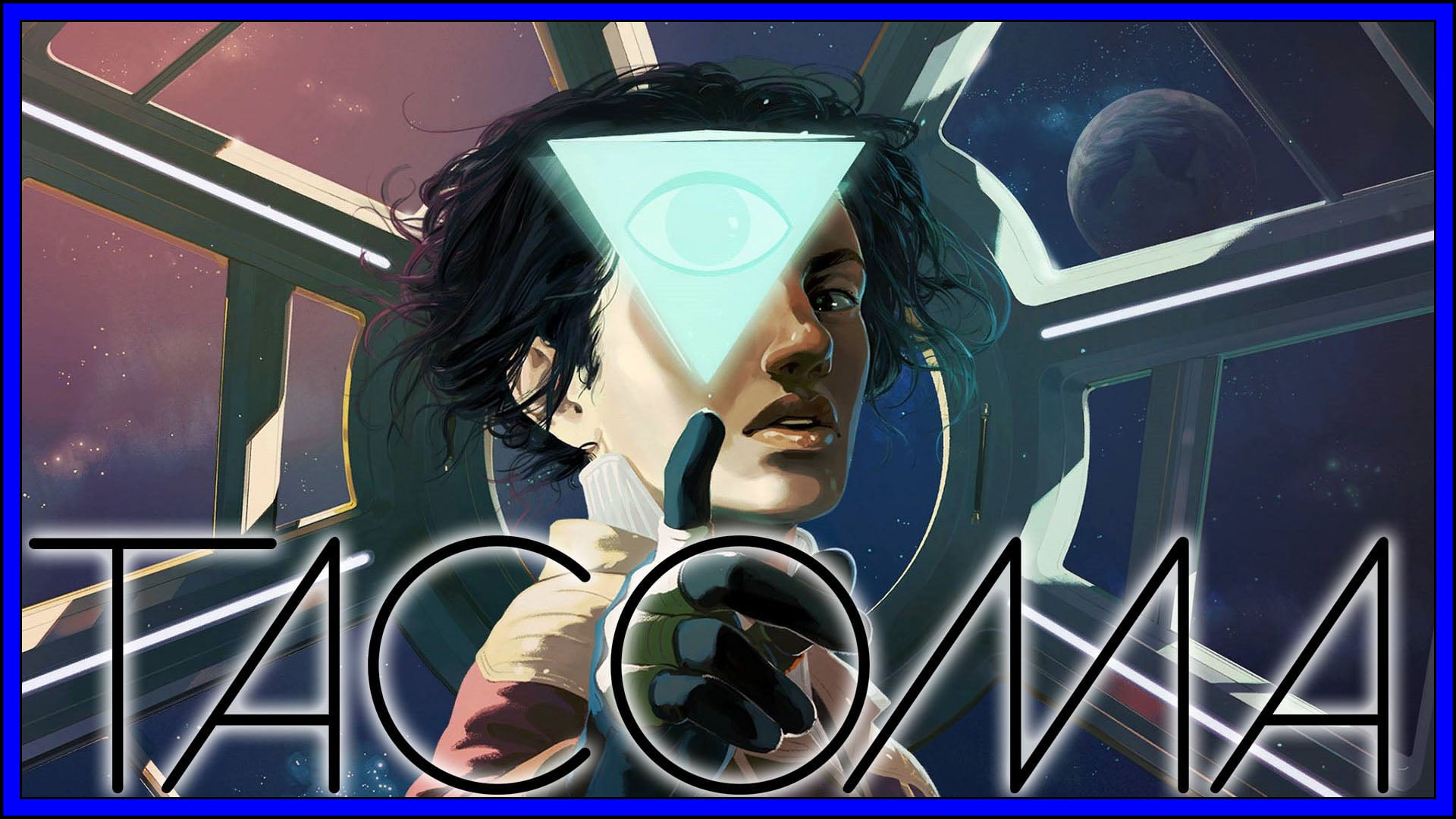I simply adore NIS America as they seem to know me inside out – pretty much every title they develop or publish instantly makes me want to buy them, even the controversial Tokyo Tattoo Girls which still doesn’t sync with PSN, yet I still play it a few times a week. The first thing that usually jumps out at me with a NISA published titles is the unique nature of the games or the interesting mechanics on offer, something I wish a lot of native Western titles should adopt rather than a lot of them being carbon copies of each other. The Longest Five Minutes has been on my radar for a while and when I was presented with the opportunity to review it, I jumped on it straight away.
The thing is, I can’t seem to recall what I was going to say as I can’t remember any of the game which I played? Come with me as I jump into my memories and recall my actions and experiences that led me here…

The Demon King – Surprisingly the first thing you see when you start the game!
The Longest Five Minutes opens up with our protagonist, Flash Back (Seriously!), and his adventure buddies as they are facing off against the games end boss. There is one small issue though, Flash has instantly been inflicted with a form of amnesia which has wiped his memory of any of the events leading up to this moment. Here begins your longest five minutes ever. The story is now split up between you making dialogue choices during the boss fight and travelling back in time, through your memories as you relive the events which impact you in the present. The memories you will recall take you through various dungeons, meetings, training segments, and even completing simple side quests for NPCs.
However, most of what you do during these memories don’t matter. None of the money you save, items you buy, the experience you earn, or side quests you complete are carried over from memory to memory as they are all their own enclosed instances. However, you don’t want to simply rush through the memories as some of the best parts of the game happen by just talking to random people and interacting with signs and objects.

The humour in the game is very schoolboy-like… I love it!
As I mentioned earlier – the game is split into two parts, the memory recalling and the boss battle. The boss battle is more like a narrative experience where you are given various options of what you want to do – will you take damage in place of your teammates or will you hide behind the boss and let him deliver all of his might upon your friends? Once again, early on a lot of what you do isn’t game-changing and will mainly just change the narrative and provide humous responses. This was quite an interesting concept and it reminded me a little of Undertale, how you can talk to the enemies and choose to do different things other than flat out attacking them.
The exploration parts, where you dive into the memories, usually consist of old-school JRPG pixel-style environments as you explore and take on the various optional missions. My main gripe here is the fights – technically they work great – they are turn-based where you would choose what everyone will attack with and then watch it play out as your attacks mix with the enemies. However, the issue I have is the number of encounters you have during your travels. It seems like you get a ‘random encounter’ every 10 seconds or so, which wouldn’t be an issue if the experience went with you from memory to memory, but this experience doesn’t – it is wiped when you move on. This meant you were constantly battling for nothing. I resorted to using my ‘repel’ magic so I could move around freely as soon as I learnt it.
Some of the Side Missions (which each have their own PSN trophies) you will encounter are delivering food to a maid, choosing not to be a pervert, completing a really hard mini-game staring our favourite mascot – Prinny, and more. All of these side missions are optional, but the experience you earn from completing these will come in handy as you progress towards the real battle with the final boss.

The enemy designs are quite random – meet a killer piano!
The enemies you encounter in the game are great – each memory appears to have it’s own character designs from talking barrels of wine to a killer train. They are all drawn really well and present their own personality and attack patterns as you proceed to take them down. Likewise, all of the environments are well detailed even though the game is presented in a pixel-art style. The visual style is perfect on the small screen of the Vita with everything easy to read and of perfect size. The game has also come out on PC and the Switch and, from what I gather, the UI has stayed the same – which means this game, on those platforms, may suffer from the blocky issue which I have had with a few pixel-art style games on PS4. These games are perfect for handhelds but if you present the same game on a 55″ TV without altering the text then it gets messy. I have the same issue with Demon Gaze II at the moment as well.
The game itself isn’t very long – I would say about 5-7 hours long with the added replayability of going back and replaying older memories to try and unlock all of the optional extras. The main choices come down to the final memory though, which is where you are presented with a couple of endings – so there is definitely replayability there for you to go back and experience all of them as the dialogue is really good in this game. Speaking of the writing, I really enjoyed the humour – it has a school-boy style about it and I’m sure you will like it if you’re as immature as me.
Official Trailer:
Final Conclusion:
Aerosmith once said, “Life’s a journey, not a destination”, The Longest Five Minutes places you at the destination and then proceeds to show you the key parts of your journey up until this point. The game plays it very safe, other than the memory recalling aspect, all other aspects of the gameplay are your standard JRPG mechanics with nothing new thrown in there – however, it is very enjoyable and the humour had me laughing out loud on quite a few occasions. There is replayability with multiple endings and optional side-missions which each have their own PSN trophies attached and even a few mini-games thrown in there as well.
It may not be the deepest game you’ll play in 2018 but it will be one you will remember (unlike our protagonist).
The Longest Five Minutes
The Good:
- - Interesting concept that works really well
- - Unique and creative enemies
- - Funny dialogue with a good narrative
- - Decent soundtrack
- - Multiple endings
The Bad:
- - Random encounters were too frequent
- - Because nothing carries over it made certain things pointless
- - The Arcade game mini-game is a bit frustrating! Dood!




